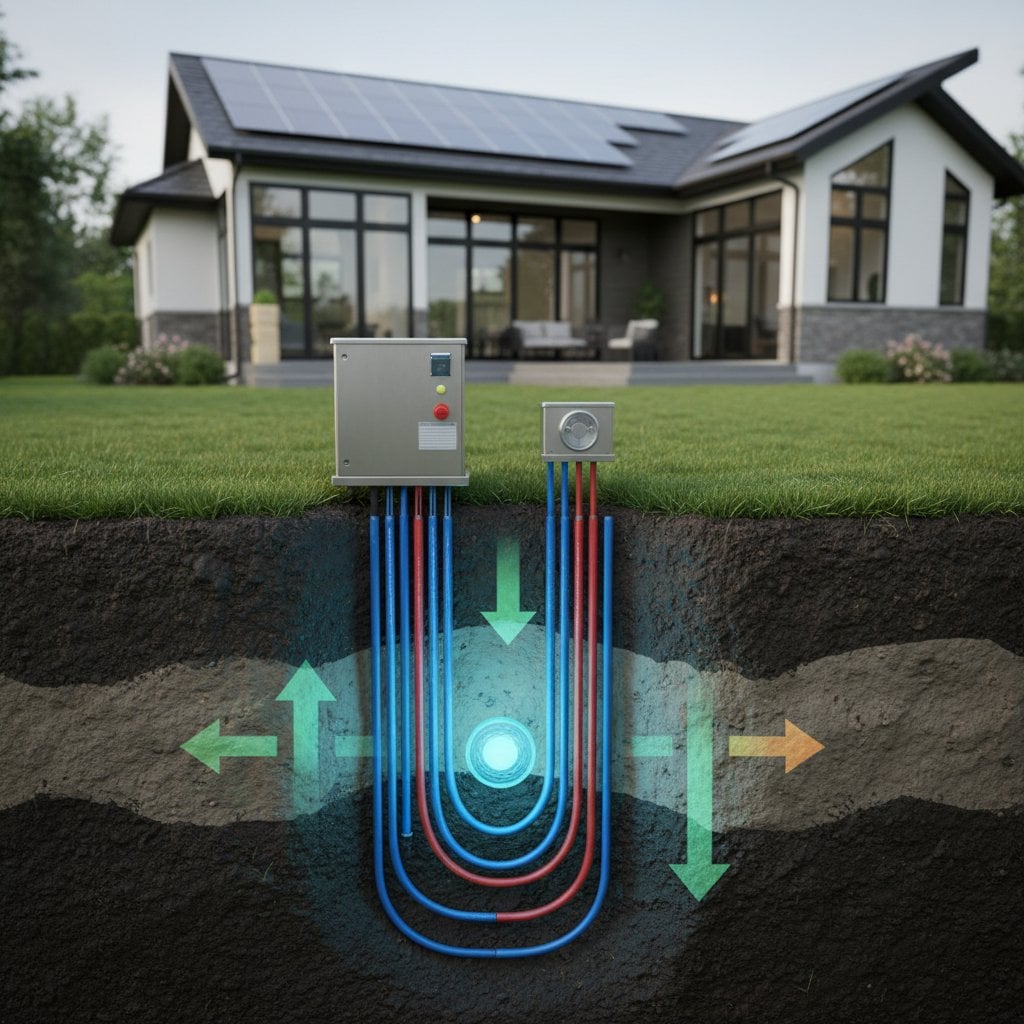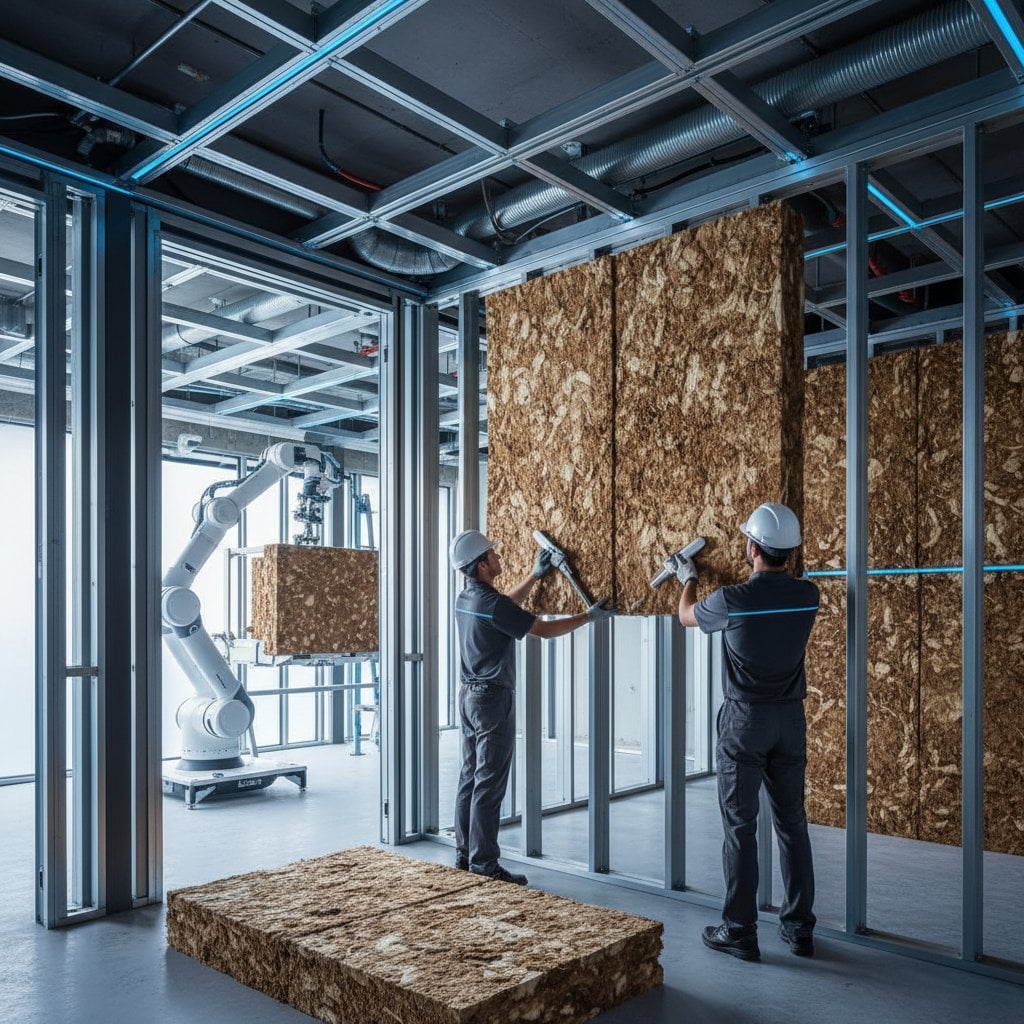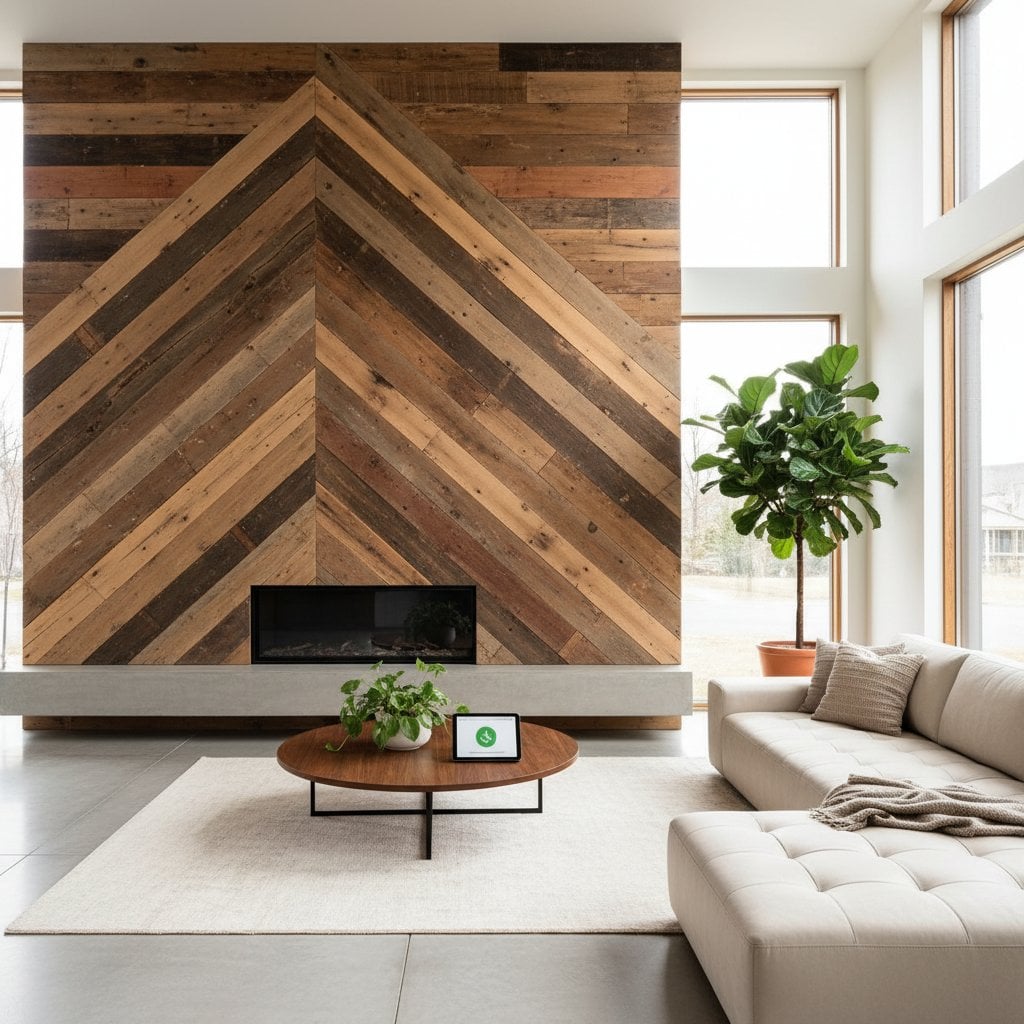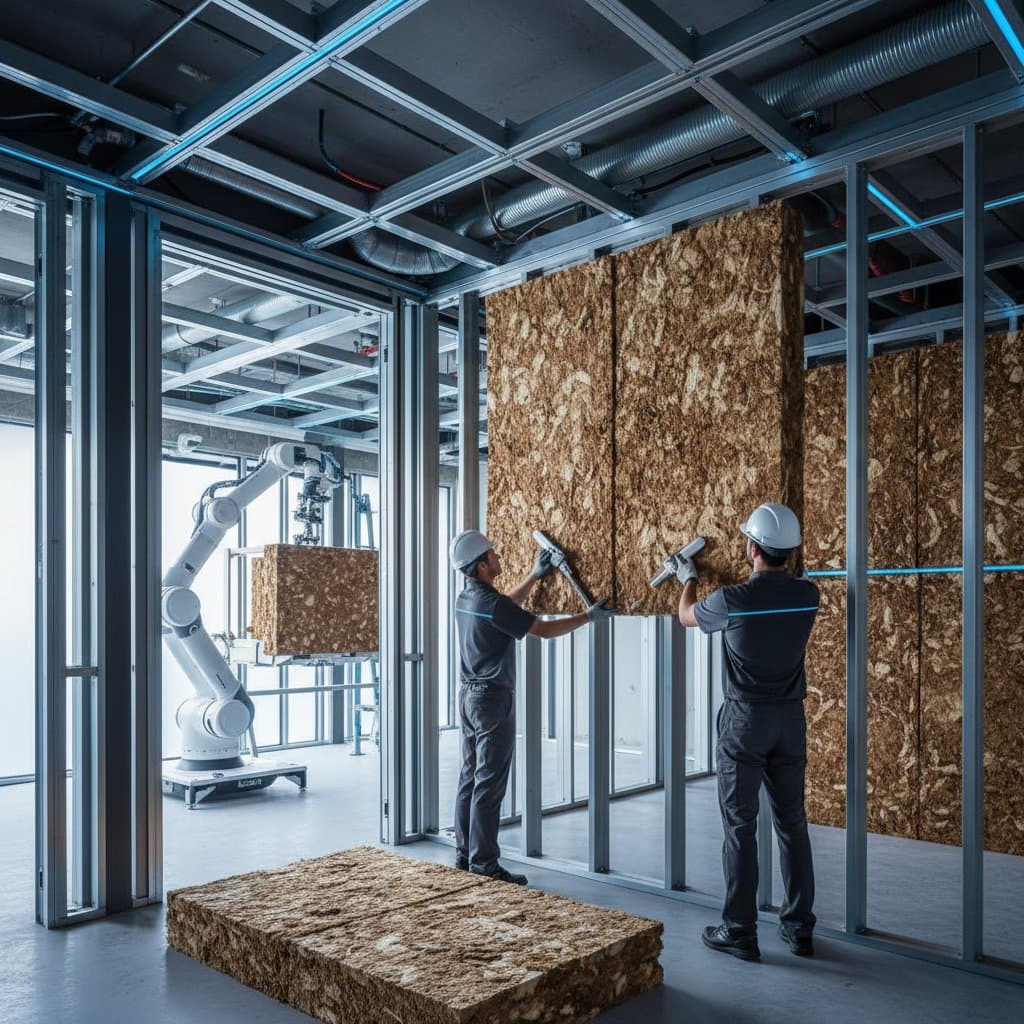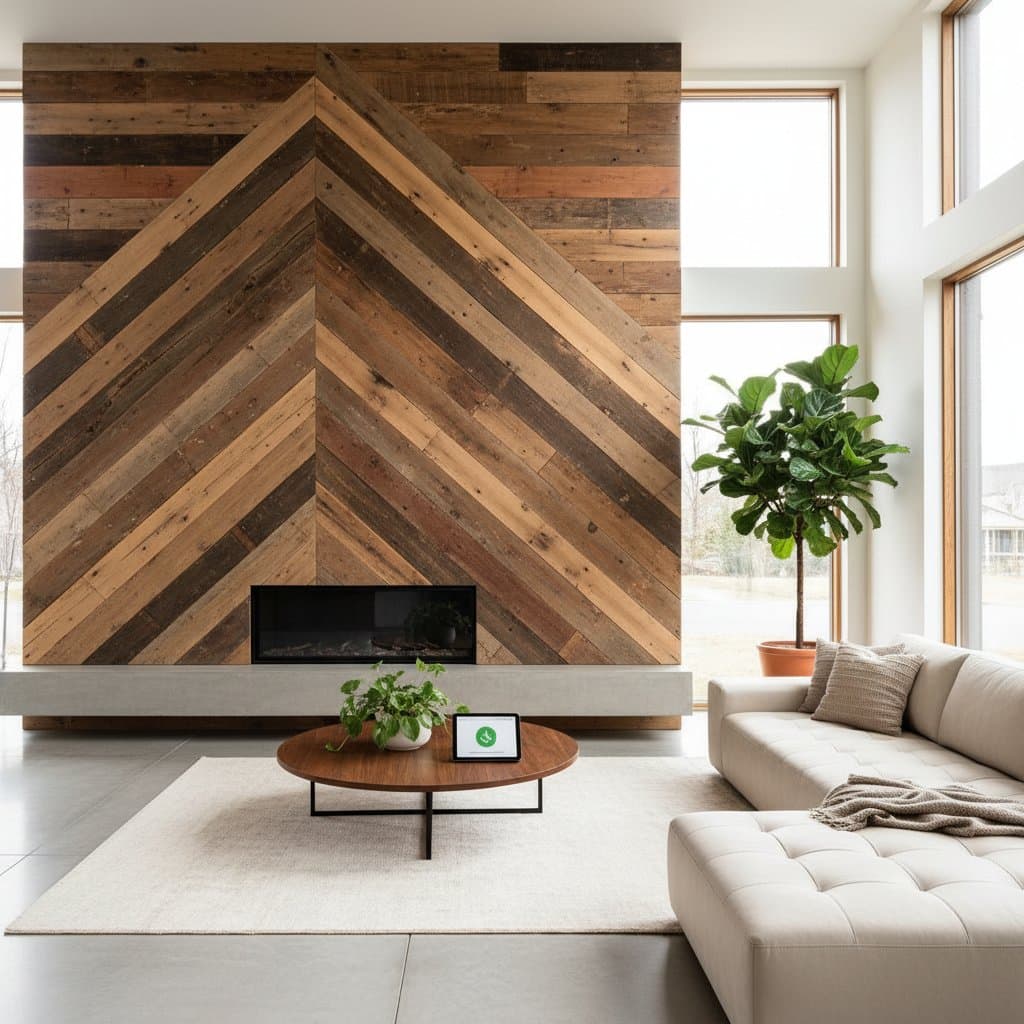Key Points
- Mycelium insulation, derived from fungal networks, serves as a fully biodegradable alternative to conventional foam and fiberglass materials.
- This renewable resource combines thermal insulation, sound absorption, and carbon storage in one versatile product.
- Initial costs exceed those of traditional insulators, but long-term savings and environmental benefits offset the investment.
- Successful installation requires careful design, moisture management, and adherence to certified production standards for renovations and new constructions.
- By converting agricultural byproducts into durable, compostable components, mycelium insulation promotes circular economy principles in the construction industry.
The Significance of Mycelium Insulation
Traditional insulation materials like polystyrene, polyurethane, and mineral wool have long dominated the market. These options involve high embodied energy and pose disposal challenges. Mycelium insulation changes this approach. Builders cultivate the material through low-energy biological processes, and it decomposes safely into soil at the end of its life.
From an economic perspective, the global construction sector prioritizes materials that reduce carbon emissions. Homes with verified sustainable features sell faster and at higher prices. Mycelium insulation supports this trend with measurable benefits, such as lower embodied carbon and better indoor air quality.
Evaluating Performance Metrics
When selecting insulation, builders and homeowners focus on thermal resistance, moisture management, and lifecycle impacts.
-
Thermal Resistance (R-Value)
Mycelium insulation achieves R-values of 3 to 4 per inch, comparable to some natural fibers and low-density foams. This level meets the needs of most residential applications, especially when paired with effective building design elements. While it does not match high-end spray foams, it provides reliable performance for everyday use. -
Moisture and Breathability
Synthetic foams often trap moisture, leading to mold growth or structural damage. Mycelium insulation functions differently. It allows natural vapor diffusion, reducing condensation risks while maintaining structural integrity. These properties prove valuable in climates with varying humidity levels, where hidden moisture can shorten building lifespan. -
Lifecycle and Carbon Accounting
Petroleum-based synthetics depend on finite resources. In contrast, mycelium insulation sequesters carbon from plant-based substrates during growth. At the end of its life, the material breaks down without environmental damage, preventing landfill waste. Studies show that properly sourced mycelium products can achieve a negative carbon footprint over their lifecycle.
Installation Guidelines
Mycelium insulation requires techniques that differ from those used for standard materials. Installers fit rigid panels by friction between framing members or attach them to exterior sheathing. In larger projects, prefabricated blocks fill structural gaps or serve as sound barriers.
The material's vapor-permeable quality works well with assemblies that include dedicated air barriers and drainage planes. Moisture control is critical. Experts advise using vapor-permeable barriers instead of sealed films to direct moisture flow properly.
Contractors experienced with bio-based materials adapt easily to this system. For small DIY projects, homeowners can install panels with basic tools, ensuring tight fits and minimal waste.
Navigating Regulations and Certifications
As a newer material, mycelium insulation follows validation paths similar to other bio-based products. Many types meet fire resistance standards through natural charring, without added chemical treatments. Several achieve Class A ratings in comprehensive building tests.
In regions with strict codes, third-party lab reports support approvals through alternative methods. Increasing awareness leads to its inclusion in green building standards like LEED and WELL, which assess carbon impacts and occupant health.
Health and Ecological Advantages
Mycelium insulation improves indoor environments in meaningful ways. It contains no synthetic adhesives or off-gassing chemicals, preventing toxin release in living spaces. This feature benefits individuals with chemical sensitivities or those seeking healthier homes.
Manufacturing avoids the high heat and chemical processes of conventional methods. Each cubic meter of material diverts agricultural waste from landfills, reducing emissions. This cycle supports local farming by creating value from surplus byproducts.
Advances in Mycelium Applications
Innovators combine mycelium with other natural materials to enhance durability and performance. Blends with recycled cellulose or hemp create panels for walls and ceilings. Emerging sprayable versions target replacement of chemical foams in coming years.
These innovations expand uses beyond niche applications. Architects integrate mycelium composites into visible interior features. Related industries, such as packaging and furniture, adopt the material, driving down costs through larger production scales.
Funding Sustainable Upgrades
Green improvements often require creative financing. Local banks and green programs offer rebates for low-carbon, efficient materials. Mycelium insulation qualifies for these incentives, especially in full energy-efficiency retrofits.
For major renovations, pair insulation upgrades with air sealing, efficient HVAC systems, and solar panels. These integrated strategies unlock greater rebates and deliver stronger financial returns over time.
Addressing Frequent Concerns
Does mycelium insulation suit individuals with mold sensitivities?
The manufacturing process includes heat treatment that removes active fungal components. Installed products do not produce spores or promote mold growth.
Will it attract pests?
It resists pests as effectively as other plant-based insulators. The dense structure and reduced nutrients after processing discourage insects and rodents.
Is it appropriate for humid zones?
It handles ambient moisture effectively but needs safeguards against prolonged exposure. Use strong drainage and vapor control in building envelopes.
What is its expected service life?
In controlled environments, it lasts decades, matching fiber insulations with little degradation.
Can it decompose naturally at end-of-life?
Homeowners can compost it directly, enriching soil without pollutants, unlike persistent synthetics.
Implementing Mycelium in Your Project
Homeowners considering green upgrades or new builds can use mycelium insulation as a starting point for regenerative design. Target key areas like attics, exterior walls, or floors. Choose certified suppliers with tested products and work with architects to balance moisture and meet codes.
This choice not only insulates buildings but also protects against rising costs, environmental pressures, and obsolete methods. Fungal-based solutions gain ground in construction, setting new benchmarks for resilient, earth-friendly living spaces.


